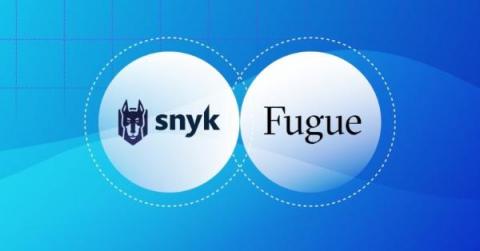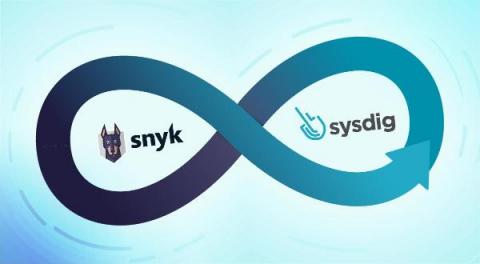Welcoming Fugue as we build the future of developer-first cloud security
Today, I am excited to announce Snyk’s acquisition of Fugue and welcome their team to the Snyk family. The addition of Fugue to Snyk’s platform will allow us to continue our mission to help developers find and fix security issues in the applications they create, by providing visibility into the security of applications and the cloud services they use. But it’s about more than just visibility of the cloud posture.










